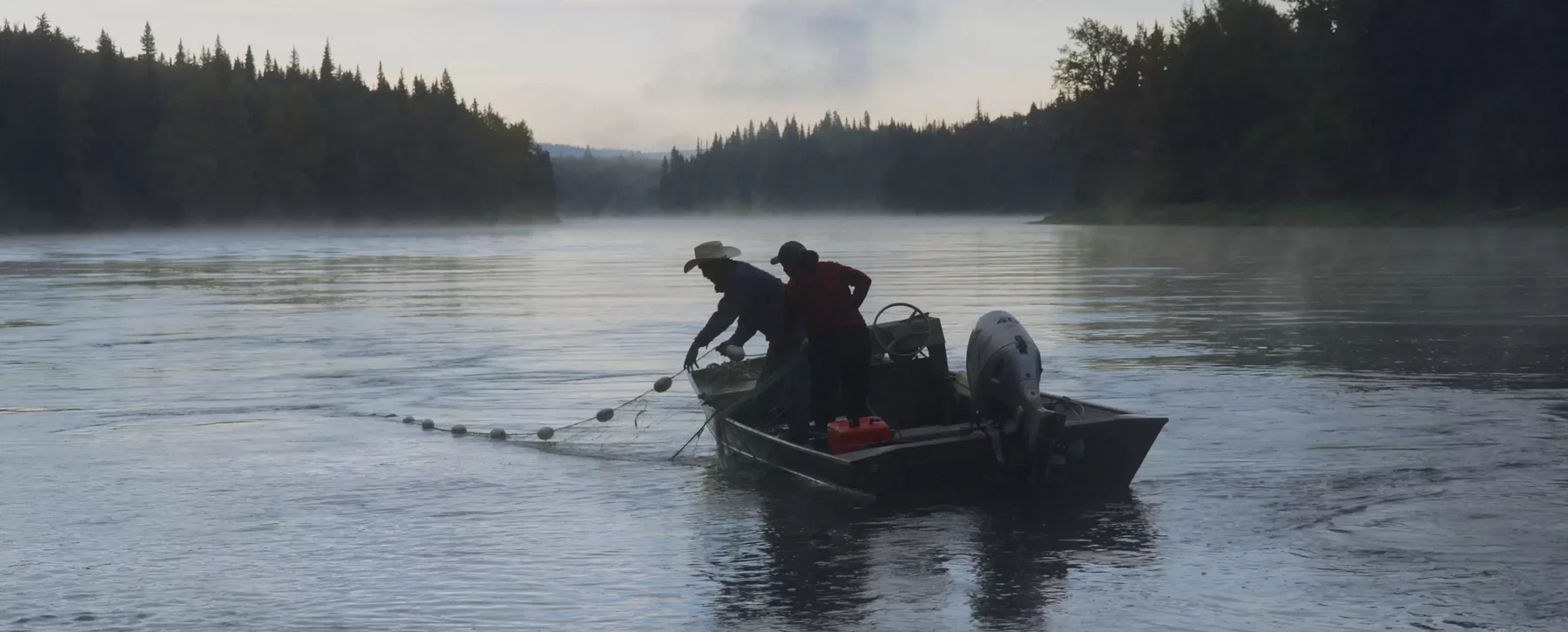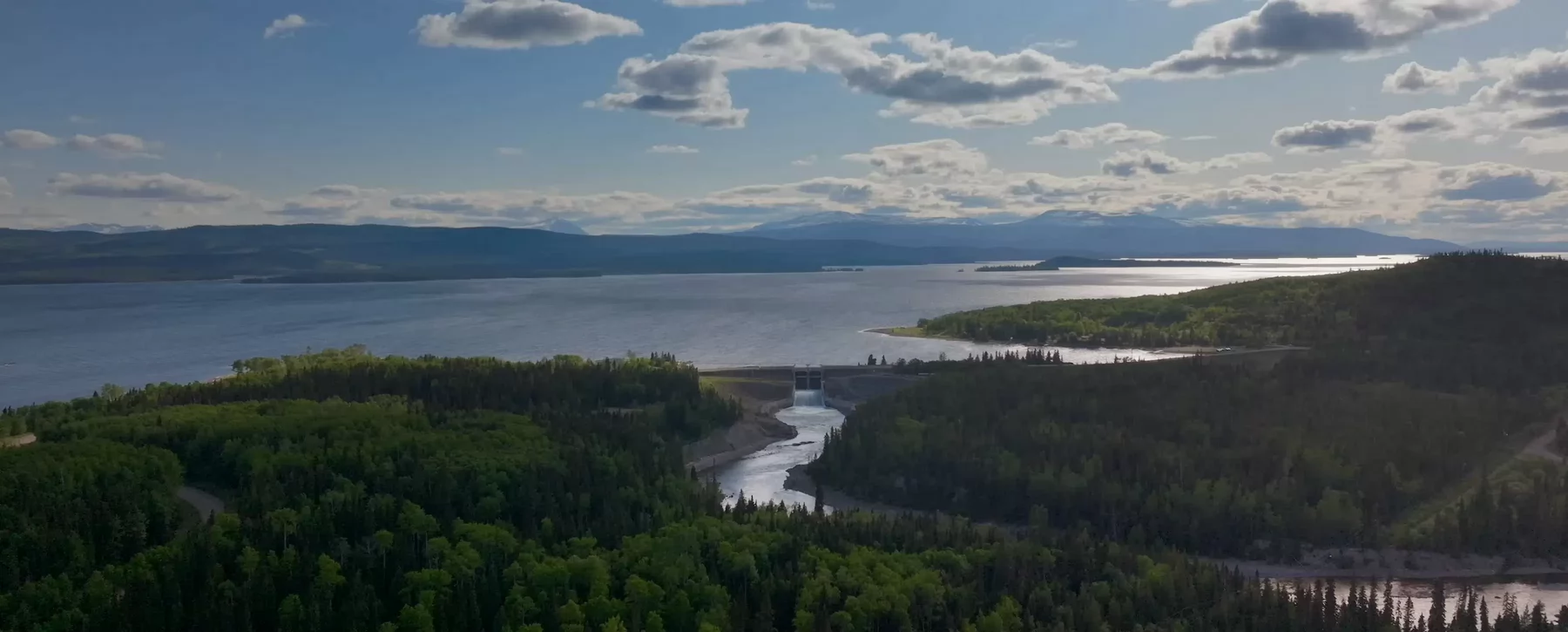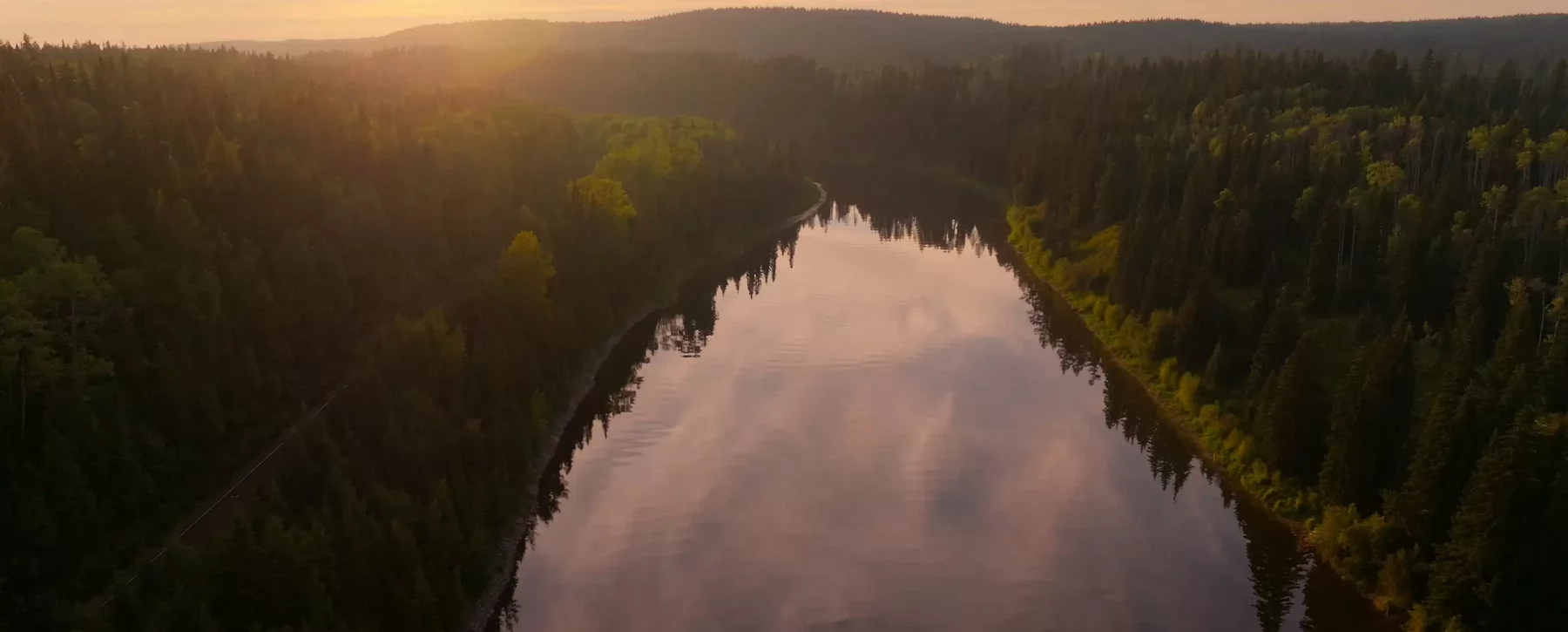The Art of Health
October 27, 2025
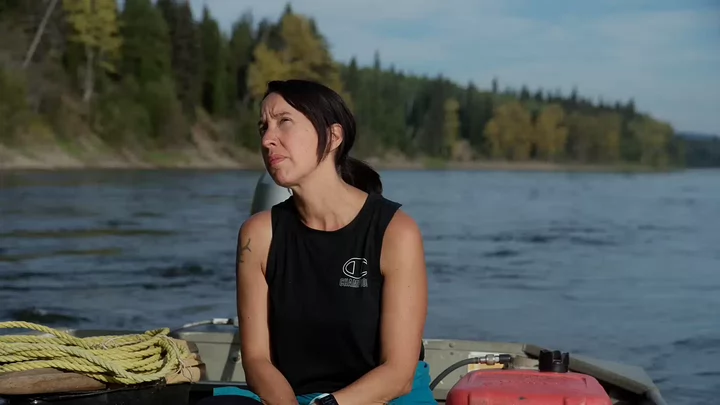
UVic double alumna Lyana Patrick helps decolonize education through work on issues of Indigenous health and justice. The Simon Fraser University professor is also a filmmaker, whose new work, Nechako, tells a story of Indigenous community resilience.
These days, UVic double alumna Lyana Patrick is a picture of success in multiple arenas. She’s a lauded professor at Simon Fraser University, specializing in issues surrounding Indigenous health and justice. She’s also an award-winning filmmaker whose new documentary, Nechako: It Will Be A Big River Again, is lighting up screens across the country.
But once, Patrick was a young journalism student struggling to land a University of Victoria co-op position. “I couldn't get a job to save my life,” she laughs. “I was very shy and nervous and interviewed terribly.”
Patrick is a member of BC’s Stellat’en First Nation, near Fraser Lake, but mostly grew up in Vanderhoof. She was drawn to UVic because of the Writing department’s co-op program. “At the time, you could still get a job at a community newspaper, so my dream was to be a journalist.”
But, unable to secure that co-op position, she fell back on her writing skills and secured a co-op position with the Native Voice—an acclaimed Indigenous newspaper. During that time, she wrote about the Kenney Dam and the efforts of the Aluminum Company of Canada (Alcan) to divert the Nechako River for the benefit of its aluminum smelter... at the cost of both the Stellat’en and Saik’uz nations.
Patrick went on to earn a BA double-majoring in Creative Writing and History in 1997 and later an MA in Indigenous Governance in 2004. Now, 30 years after her article, she returned to the topic of the multi-generational legal struggle to create her feature-length documentary, Nechako.
“For me, the most important thing is hearing voices that haven’t been heard and telling stories that people want to tell,” she says. “Those are my motivating factors in everything I do, and that’s pretty much what Nechako was about—understanding what the community’s priorities were, talking about the court case, showing that we're still here on these lands, living with love and strength.”
Resistance is far from futile
When Alcan built the Kenney Dam in the 1950s, 70 per cent of the Nechako River was diverted into an artificial reservoir, severely impacting the lives of local Stellat’en and Saik’uz nations and leading to decades of resistance, including legal actions against both the federal and provincial governments and Rio Tinto Alcan, a subsidiary of global mining conglomerate Rio Tinto.
The film is rooted in Patrick’s experiences of resilience and adaptation, with Patrick’s father, a former Stellat’en chief, also featured in the documentary. Nechako follows both the flow of the river and the community’s ongoing fight to restore their way of life amidst large-scale environmental destruction and corporate rule.
“There's an expectation of understanding and engaging with this Western system, on top of knowing your own traditions and cultures and histories,” she says. “It’s really hard work and I just wanted to show that kind of love and care and attention that I was fortunate to witness as I made this film.”
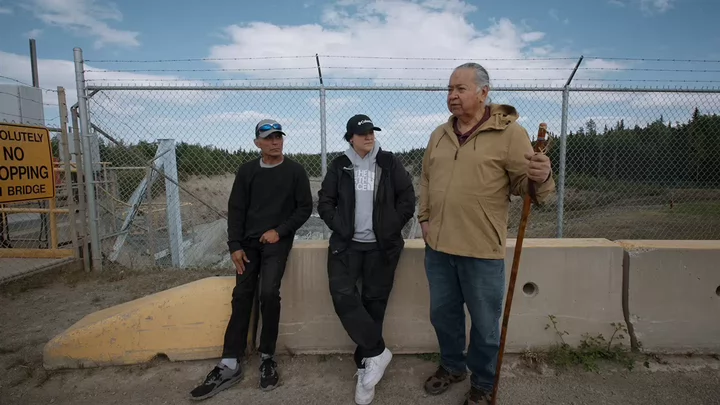
The story of Nechako is grounded in the kind of Indigenous community health and justice work Patrick specializes in, but she honed her production skills during a co-op term she did land in the ’90s working on CBC’s North of 60.
Telling Indigenous stories
A long-running TV series set in the fictional Northwest Territories community of Lynx River, North of 60 offered breakout roles to Indigenous actors like Tantoo Cardinal, Tom Jackson, Michael Horse and Adam Beach, as well as behind-the-scenes opportunities for students like Patrick.
“I've always had a very strong curiosity about hearing people’s stories,” Patrick says. “While journalism is incredibly important, visual storytelling offers a combination of all the elements: context, background, history, relationships. Being at North of 60 allowed me to witness the work done in the different departments—story, editing, directing—and I found a lot of power in bringing these elements together when thinking about a story and who was telling it.”
Working on North of 60 also marked the first time she’d ever seen Indigenous screenwriters telling stories from their own perspectives.
“I realized I wanted to tell stories that were community-centred and community-driven, and when my path went in the more academic direction I knew I wanted to integrate storytelling into my work.”
Building on that experience, her master's work included information about community-based Indigenous filmmakers and the importance of place. “At that point, Indigenous people hadn’t had the opportunity to tell our own stories yet... now, there are incredible Indigenous filmmakers making major inroads into film and television.”
She then augmented her UVic degrees with a year of film studies at the University of Washington’s Native Voices documentary film program, which led to her first short film, Travels Across the Medicine Line, about how the Canada/US border bisected the Indigenous nations who lived along it. She continued to integrate film, video and visual approaches while pursuing her PhD in Community and Regional Planning at the University of British Columbia.
Her PhD cohort included a colleague and now good friend, Jessica Hallenbeck, who ended up starting the documentary film company Lantern Productions, with whom Patrick has spent a decade producing Indigenous-focused, client-driven videos as well as three short films for Knowledge Network. Combined, all that experience has led her back to Nechako. Creating the film was a five-year process to tell a story 70 years in the making—that she first explored as a UVic undergrad.
Fighting the notion of deficit
While the story of Nechako is personal to her, it’s also universal in the environmental and legal struggles it represents. “We're doing this for everybody, because we all impact each other,” she says. “The whole idea is a holistic perspective of interconnectedness—that’s the message most First Nations are trying to convey—and I feel like we’re contributing to that.”
But Patrick also feels it’s about telling a familiar story in a different way. “This is the kind of health research I challenge in my day-to-day life, that deficit approach where it’s about community or individual dysfunction. Traditionally, it’s about showing negative health statistics and how sick everybody is compared to the rest of the population—but the fact is our community has a lot of strengths and there’s a reason we’re still here.”
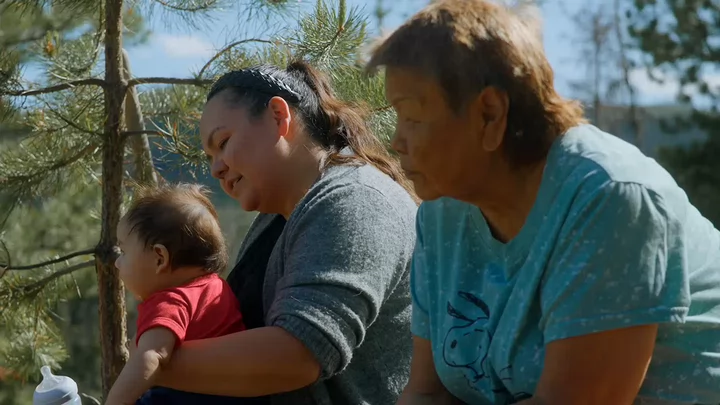
Ultimately, she feels Nechako challenges negative ideas and stereotypes about Indigenous people that still endure in Canadian society. “I actually see a whole movement towards self-determination and self-governance,” she says. “There’s so much to learn from our history and from what we’re continuing to do... amplifying that message is how we can move forward. It’s how we’ll survive what’s coming.”
Nechako is currently playing at film festivals across Canada, including the opening night of Toronto’s Planet in Focus environmental film fest (where Nechako won the Mark Haslam Award), Vancouver’s DOXA fest and an in-person screening at UVic’s Cinecenta in November 2025. Patrick is heartened by audience reactions to Nechako.
“It's had an excellent reception,” she says. “Especially from people who don’t know anything about this story. It’s been really affirming to discover that this is a story people want to know more about and are motivated to do something about.”
While she has ideas for other documentaries (including one possibly involving Metchosin’s William Head Institution), the experience of making Nechako has also offered Patrick the chance to reflect on her own personal journey.
“A few months back I found an article that had been written 30 years ago for UVic’s Ring [newspaper] about my co-op experience, and it said I wanted to be a film director,” she laughs. “It might have taken a while, but I did finally direct a feature-length film—so, you know, sometimes our dreams take a little bit longer to realize!”
—John Threlfall, BA ’96
This article appears in the UVic Torch alumni magazine.
For more Torch stories, go to the UVic Torch alumni magazine page.

